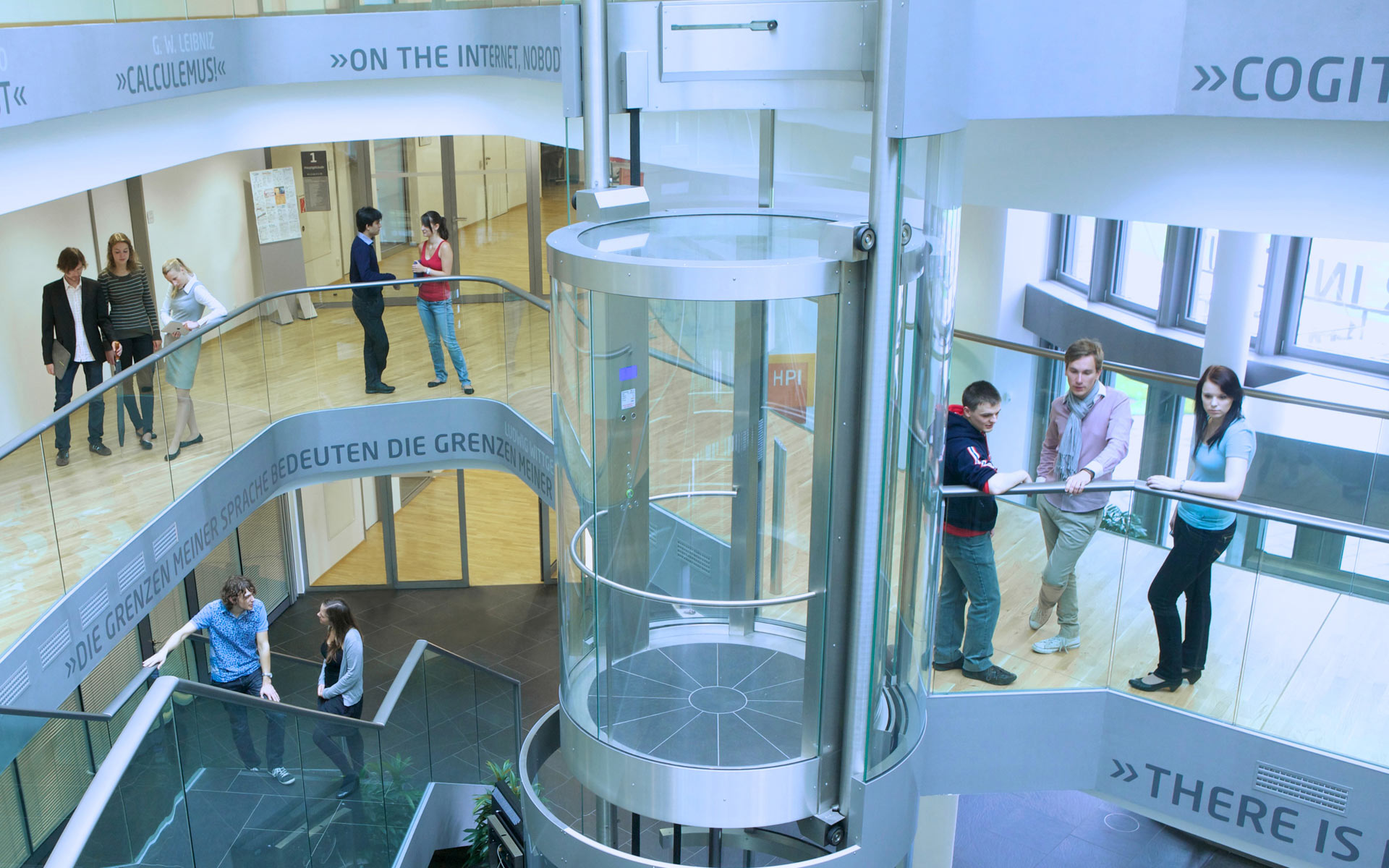We think of muscle-plotter as a tool for mobile sensemaking in that it allows users to interact (input and output) with an intelligent backend.
Here, a car designer is iterating on the body of a new car, sketching it and analyzing implications of its design on the car’s aerodynamics. The designer wrote “wind tunnel” onto the paper and has drawn crop marks around the car. Since the user does so using a pen that offers built-in tracking (Anoto), muscle-plotter “sees” this input. It recognizes the handwriting using a handwriting recognizer (Tesseract ) and forwards its output to a wind tunnel simulator running in our custom backend. The system computes the wind velocity field and makes it available to the pen frontend. Muscle-plotter plots the resulting streamlines by actuating the user's wrist. This way, the designer sketches two different car's and compares the results of the wind simulation, entirely on pen and a paper.

